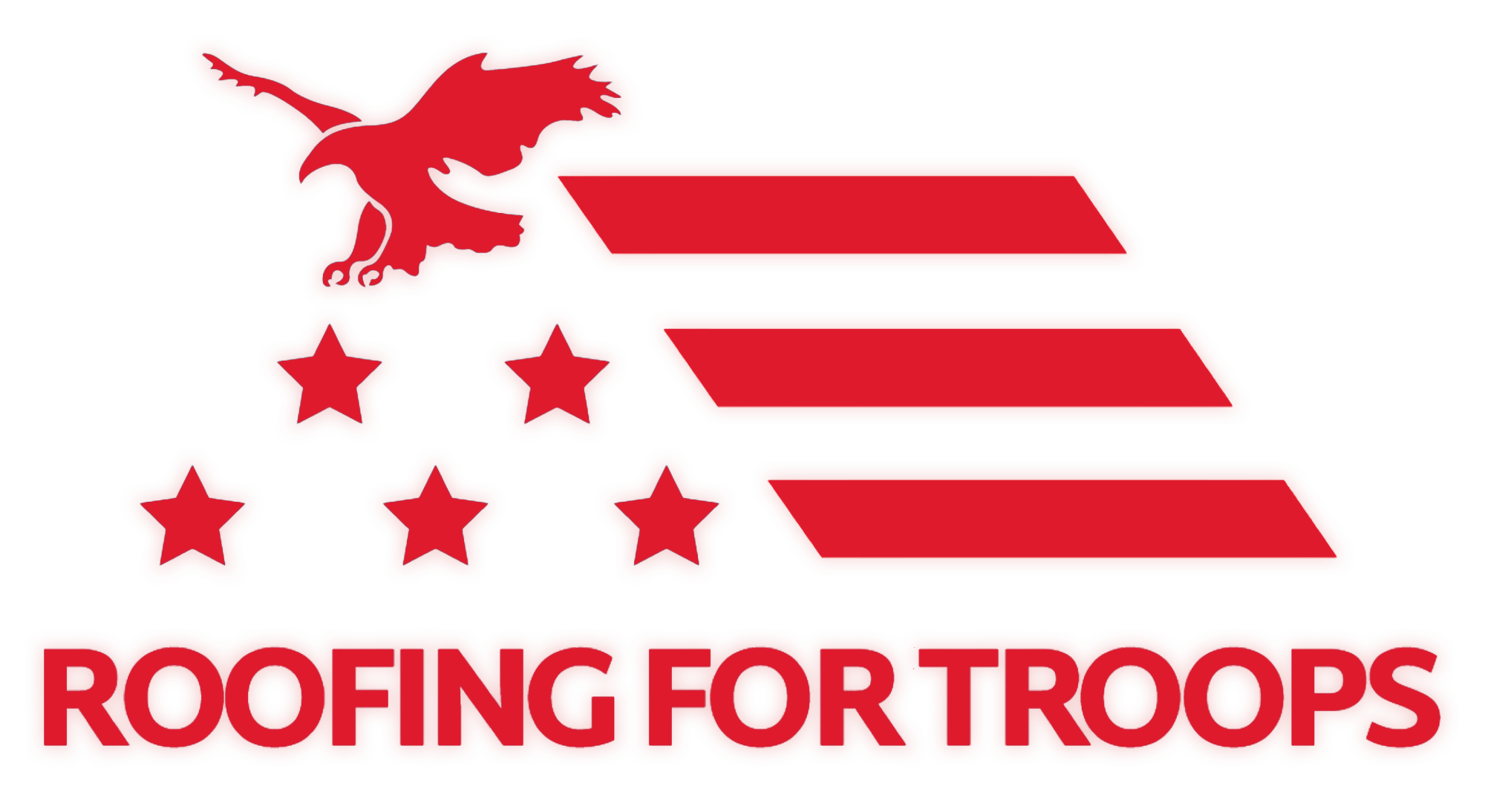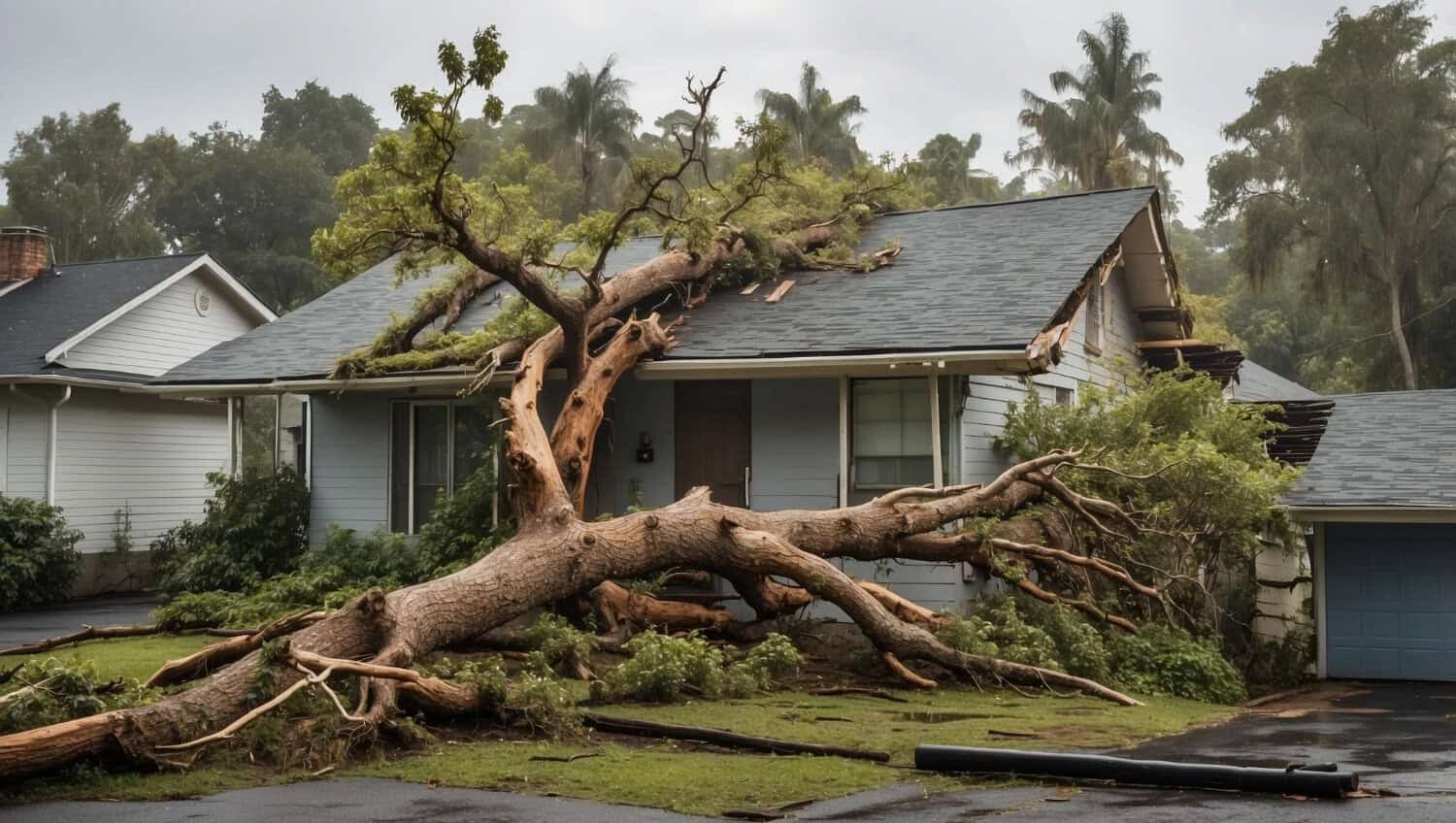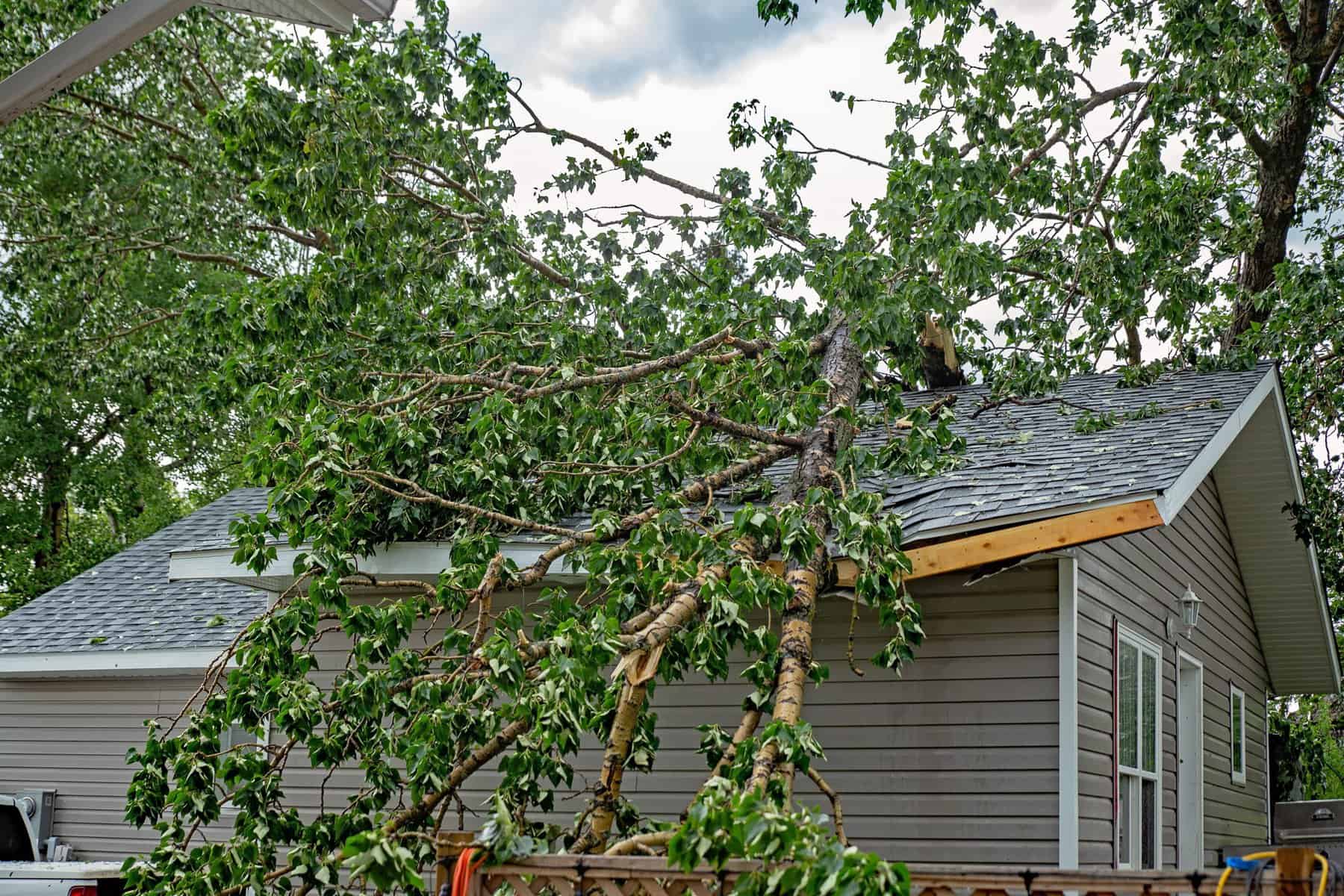Storms don’t follow a schedule, and when they hit, they can leave behind more than just puddles and fallen branches. From high winds to heavy rain and hail, storms stress your home in different ways. Knowing how your home can be damaged makes it easier to spot issues early and get them fixed before they grow into bigger problems.
Each type of storm causes different kinds of damage. Wind can pull shingles loose, hail can dent siding or crack windows, and too much rain can seep into places you may not notice right away. Understanding the differences between these types of storm damage helps you know what to check after bad weather rolls through. You may not be able to stop the storm from coming, but being prepared and knowing what to look for afterward puts you one step ahead.
Identifying Wind Damage
Wind-related damage is one of the more common problems homeowners face after a storm. When strong gusts hit your roof and siding, they can pull, lift, or shift parts of your home’s exterior. This kind of damage might not always be obvious unless you climb up on the roof, but there are signs you can see from the ground.
Here’s what to look for after a windstorm:
– Missing or curled shingles on your roof
– Bent or detached gutters
– Loose flashing around chimneys or vents
– Pieces of debris like shingles or siding in your yard
– Siding panels that look warped or out of place
Even smaller issues like one lifted shingle can lead to bigger problems if rain gets underneath. Something as simple as a missing nail or a dent in flashing can leave parts of your roof exposed to leaks. If you think something’s off, avoid climbing onto the roof yourself. It’s always safer to call in a professional who can inspect everything without risking injury.
One homeowner thought their roof had made it through a windstorm just fine, but a small section of the ridge vent had pulled loose, letting rain seep in for weeks before a ceiling stain made it obvious. By then, they had to manage water damage inside as well as outside. Catching that kind of problem early can save a lot of stress and money.
Recognizing Hail Damage
Hail can strike fast and hard, often arriving with little warning. Unlike wind, which tends to rip and tear, hail hits in rapid bursts, causing impact damage. Even smaller hailstones can take a toll if they strike at the right speed or hit areas that are already aging or worn.
After a hailstorm, check for:
– Dents or pockmarks on metal surfaces like gutters or AC units
– Cracked or chipped siding or wood trim
– Bruised or broken shingles (you might see dark spots or soft areas)
– Shattered or spider-webbed windows
– Loose granules in your downspouts from asphalt shingles
These signs can vary depending on the size and direction of the hail. Dark spots or bruises in shingles don’t always break through right away but can lead to leaks over time as the materials weaken. If you spot anything off, like uneven edges, fine cracks, or missing granules along your roofline, that’s a good sign hail had an impact.
After the storm passes, walk around your property and inspect the outside from a safe distance. Use binoculars if you need a closer look without climbing. Hail damage isn’t always dramatic, but even subtle flaws can cause long-term trouble, especially if the next heavy rain rolls through before repairs are made.
Water Damage From Storms
Water doesn’t have to rush in like a flood to cause big problems. Heavy rainfall, especially when it lasts hours or even days, can slowly work its way into your home through weak points in the roof, windows, siding, or foundation. It might start with a stain on the ceiling or a musty smell in the basement. If left alone, though, water damage can lead to warping, rot, or mold.
Common signs of water damage after a storm include:
– Water stains on walls or ceilings
– Paint or wallpaper bubbling or peeling
– Soft or sagging spots in flooring
– A damp or mildew smell inside
– Mold growing along baseboards or in corners
Sometimes the damage isn’t noticeable right away. Moisture can get trapped behind walls or under roofing materials, slowly wearing things down. Older homes, or houses with clogged gutters or missing flashing, are especially at risk during long or intense rain events.
To help limit damage, keep your gutters clean, make sure downspouts are directing water away from the house, and check vulnerable spots like the attic after heavy storms. You don’t need to tear anything apart, but if something seems off or smells strange, it’s time to bring in someone who can do a real inspection.
The Importance Of Professional Inspection
After a storm rolls through, walking around your home and taking note of the obvious damage is a good first step. But it’s easy to miss things when you’re not used to knowing where or how to look. Small cracks, hidden leaks, or structural shifts might slip under the radar until the next storm makes them worse.
Having your home inspected by professionals helps catch those hidden problems. They know where to look, from loose flashing to water-soaked decking under shingles. Instead of just focusing on what’s visible, a trained eye can detect weak spots that may fail in the future.
Here’s why a professional storm inspection makes a difference:
– Identifies hidden damage before it becomes a major issue
– Provides documentation for insurance claims
– Ensures your roof, siding, and gutters are safe and working properly
– Pinpoints areas where small repairs now can avoid big repairs later
Someone might think their roof held up through a storm just fine—no leaks, no visible problems. But a quick check by a pro revealed a few punctures behind the chimney flashing. One more storm, and those openings could have led to serious water intrusion. A simple patch job prevented a bigger issue.
Keeping Your Home Storm-Ready
If you wait until a storm is on the radar, you’re already behind. Keeping things in good shape year-round is the best way to protect your home when rough weather shows up. You don’t need to overhaul your house. Small, steady efforts go a long way.
Focus on basic upkeep and keep an eye on aging parts. Here are a few simple tasks that help:
– Clean your gutters at least twice a year to avoid overflow
– Cut back tree limbs near the house to reduce breakage
– Check roof vents, flashing, and sealants for any signs of wear
– Make sure downspouts push water away from your foundation
– Replace cracked or broken siding before it lets water in
Doing these things as part of your regular routine means fewer surprises during storm season. A home that stays in good condition won’t just take damage better—it’ll also recover faster and cost less to fix.
Protecting Your Home Year-Round
Storm damage comes in many forms, and it’s not always the big, dramatic ones that leave the deepest impact. Wind, hail, and water each target different parts of your home and bring their own set of problems. The more you know about what to look for, the better chance you have at stopping small problems before they become bigger ones.
Inspections, regular upkeep, and acting early when something seems off all make a big difference. Spotting a loose shingle or a minor leak after a storm might not feel urgent at the time, but fixing it quickly could save a lot of stress later on. No one wants to deal with soaked insulation or mold a couple of months later because of one little hole that didn’t get patched.
Understanding how storms hit your home—and keeping it ready through simple maintenance—leads to fewer headaches and safer living. Being proactive helps give you peace of mind when the weather is unpredictable. You don’t need to be an expert, but having someone you trust to call when you need help makes all the difference.
Protecting your home from potential storm damage isn’t a task to be taken lightly. If you’re looking to ensure your home stays safe through all seasons, learn more about how to handle storm damage the right way. Roofing For Troops is here to help with expert assessments and quality repairs, giving you peace of mind when weather strikes.


